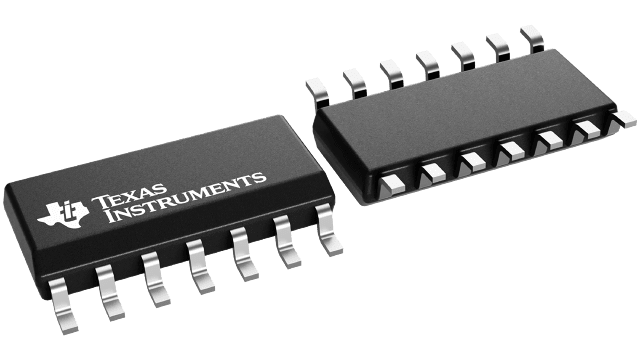| Number of receivers | 1 |
| Number of transmitters | 1 |
| Duplex | Full |
| Supply voltage (Nom) (V) | 5 |
| Signaling rate (Max) (Mbps) | 0.115 |
| Fault protection (V) | -70 to 70 |
| Common mode range | -20 to 25 |
| Number of nodes | 256 |
| Features | Fault protection |
| Isolated | No |
| ICC (Max) (mA) | 6 |
| Rating | Catalog |
| Operating temperature range (C) | -40 to 105 |
- Bus-Pin Fault Protection to:
- > ±70 V (’HVD1785, 86, 91, 92)
- > ±30 V (’HVD1787, 93)
- Common-Mode Voltage Range (–20 V to 25 V)
More Than Doubles TIA/EIA 485 Requirement - Bus I/O Protection
- ±16 kV JEDEC HBM Protection
- Reduced Unit Load for Up to 256 Nodes
- Failsafe Receiver for Open-Circuit, Short-Circuit
and Idle-Bus Conditions - Low Power Consumption
- Low Standby Supply Current, 1 μA Typical
- ICC 5 mA Quiescent During Operation
- Power-Up, Power-Down Glitch-Free Operation
- APPLICATIONS
- Designed for RS-485 and RS-422 Networks
All other trademarks are the property of their respective owners
These devices are designed to survive overvoltage faults such as direct shorts to power supplies, mis-wiring faults, connector failures, cable crushes, and tool mis-applications. They are also robust to ESD events, with high levels of protection to human-body model specifications.
These devices combine a differential driver and a differential receiver, which operate from a single power supply. In the ?HVD1785, ?HVD1786, and ?HVD1787, the driver differential outputs and the receiver differential inputs are connected internally to form a bus port suitable for half-duplex (two-wire bus) communication. In the 'HVD1793, the driver differential outputs and the receiver differential inputs are separate pins, to form a bus port suitable for full-duplex (four-wire bus) communication. These ports feature a wide common-mode voltage range, making the devices suitable for multipoint applications over long cable runs. These devices are characterized from ?40°C to 105°C.
For similar features with 3.3-V supply operation, see the SN65HVD1781 (SLLS877).








